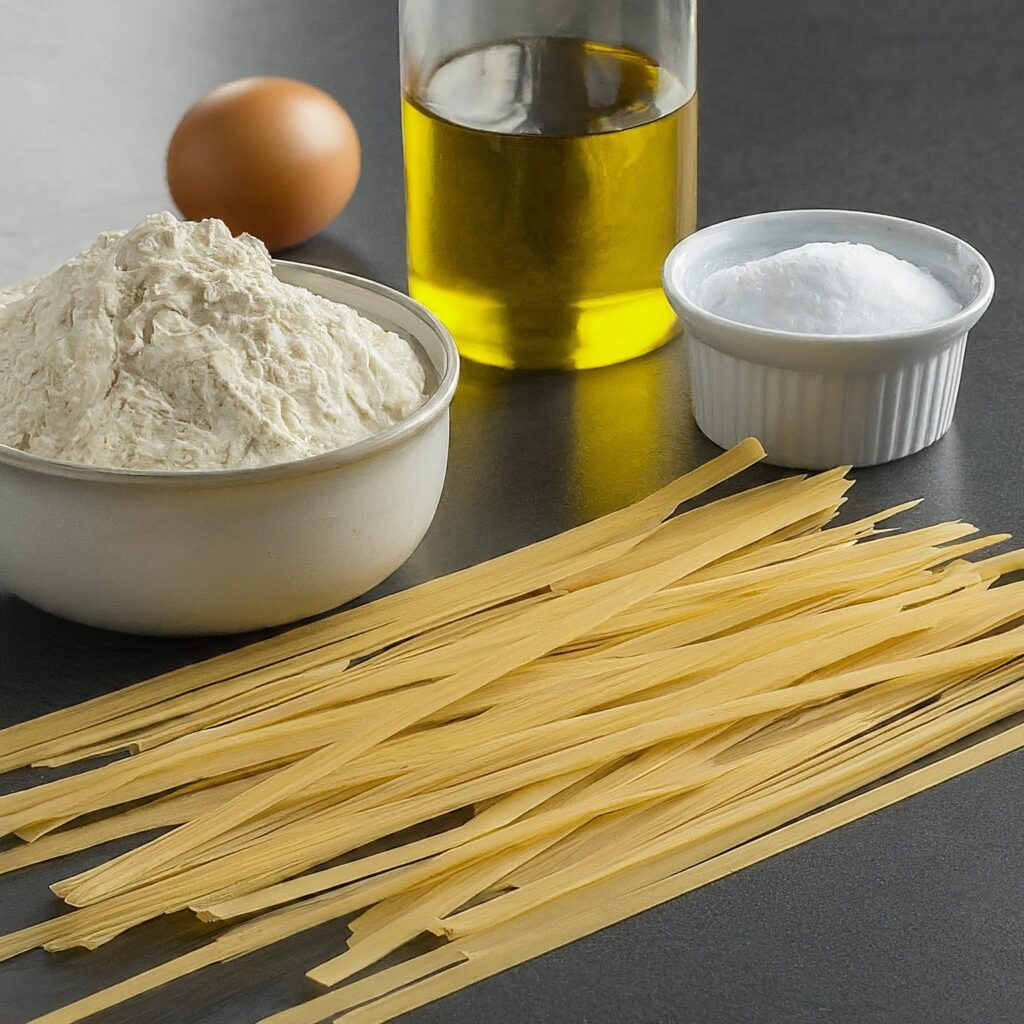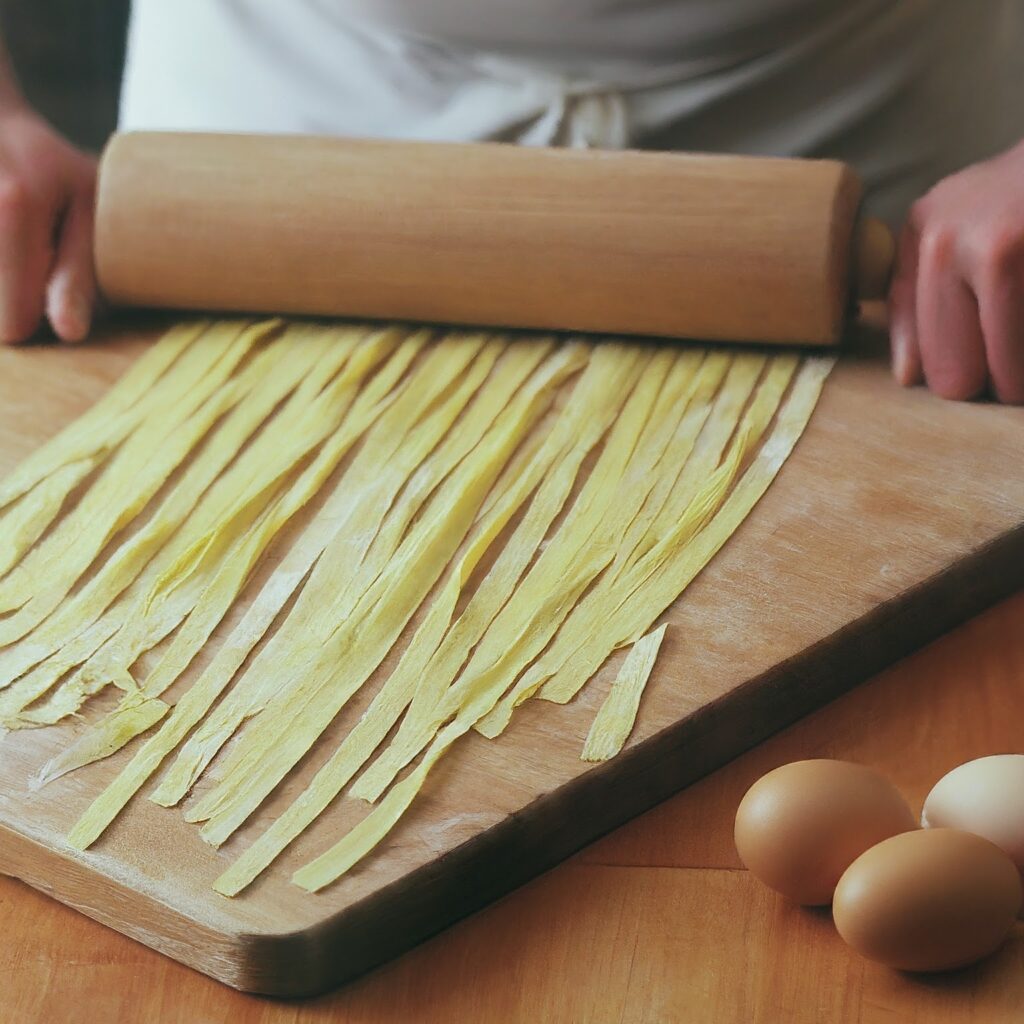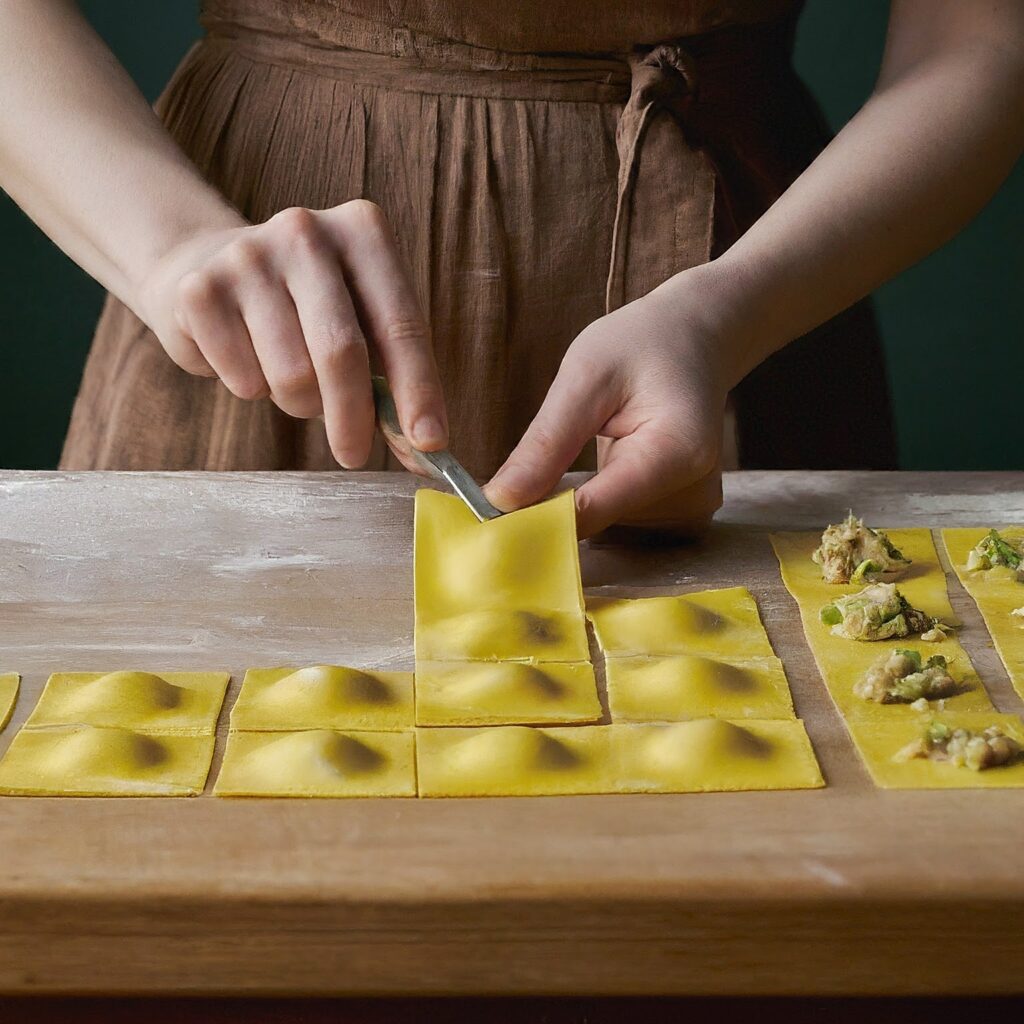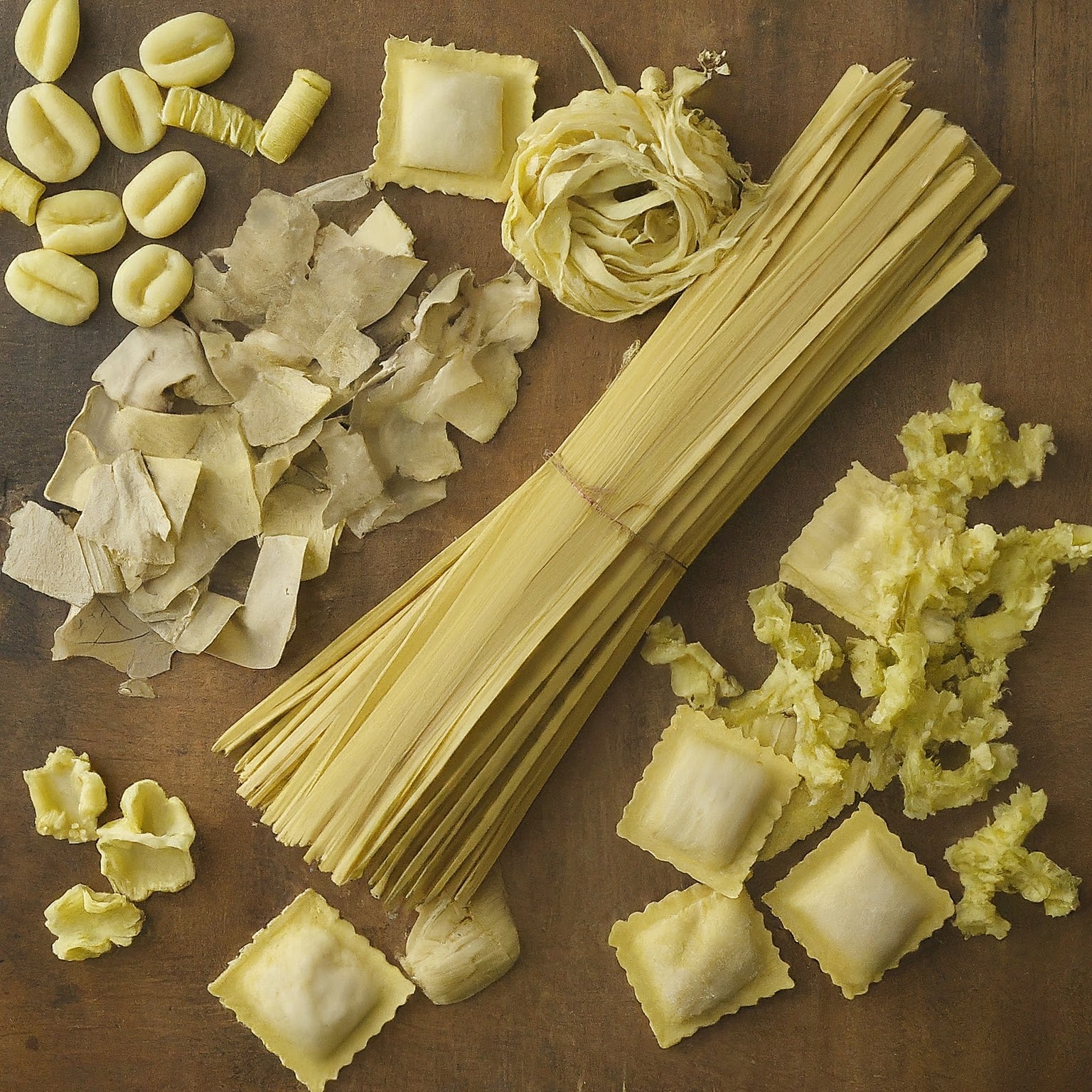Introduction to Making Homemade Pasta
Making pasta from scratch can seem daunting, but it’s a rewarding culinary adventure that brings an authentic Italian experience into your kitchen. Homemade pasta boasts a superior taste and texture compared to store-bought varieties, allowing you to control the ingredients and tailor flavors to your liking. Whether you’re a seasoned chef or a home cook looking to expand your skills, mastering homemade pasta is a journey worth undertaking.
Key Ingredients and Tools Needed
Ingredients:

- Flour: The foundation of pasta. “00” flour is traditional for a silky, smooth texture, but all-purpose flour or semolina can also be used.
- Eggs: Provide structure, richness, and color.
- Salt: Enhances flavor.
- Olive Oil (optional): Adds richness and helps with dough elasticity.
Tools:

- Mixing Bowl: For combining ingredients.
- Rolling Pin or Pasta Machine: To roll out the dough.
- Bench Scraper: For handling the dough.
- Knife or Pasta Cutter: To cut the pasta into shapes.
- Kitchen Scale: Ensures precise measurement of ingredients.
Step-by-Step Guide to Making Pasta from Scratch
- Prepare the Dough:
- Create a mound of flour on a clean surface, making a well in the center.
- Crack eggs into the well, add a pinch of salt, and beat with a fork.
- Gradually incorporate flour into the eggs until a shaggy dough forms.
- Knead the dough for about 10 minutes until smooth and elastic. If the dough is too dry, add a little water; if too wet, add more flour.
- Rest the Dough:
- Wrap the dough in plastic wrap and let it rest for at least 30 minutes at room temperature. This relaxes the gluten, making it easier to roll out.
- Roll Out the Dough:
- Divide the dough into smaller portions.
- Using a rolling pin or pasta machine, roll out each portion to your desired thickness. For most pasta shapes, aim for a thin, even sheet.

- Cut and Shape the Pasta:
- For Tagliatelle: Roll the dough sheet loosely and slice into strips.
- For Ravioli: Place small mounds of filling on a sheet of dough, cover with another sheet, and press to seal. Cut into individual ravioli.
- For Gnocchi: Roll small pieces of dough into ropes, cut into bite-sized pieces, and shape using a fork or gnocchi board.

- Cook the Pasta:
- Fresh pasta cooks quickly. Boil in salted water for 2-4 minutes until al dente. Avoid overcooking, as fresh pasta can become mushy.
Popular Pasta Recipes
- Tagliatelle:
- Traditional long, flat ribbons of pasta that pair beautifully with rich sauces like Bolognese or creamy Alfredo.
- Ravioli:
- Filled pasta pockets that can be stuffed with a variety of fillings such as ricotta and spinach, butternut squash, or meat.

- Gnocchi:
- Soft, pillowy dumplings made from potatoes, flour, and eggs, often served with tomato sauce, pesto, or browned butter and sage.
Tips for Achieving Perfect Pasta Texture and Flavor
- Use Fresh, Quality Ingredients:
- Fresh eggs and high-quality flour make a noticeable difference in flavor and texture.
- Knead Thoroughly:
- Proper kneading develops gluten, giving the dough its necessary elasticity.
- Rest the Dough:
- Allowing the dough to rest ensures it rolls out more easily and evenly.
- Roll Evenly:
- Consistent thickness ensures even cooking. Use a pasta machine for precision or practice with a rolling pin for a more rustic feel.
- Season the Cooking Water:
- Salting the boiling water is crucial for flavorful pasta. It should taste like the sea.
- Cook Al Dente:
- Fresh pasta cooks faster than dried. Watch it closely to avoid overcooking and aim for a tender yet firm bite.

Homemade pasta is a culinary delight that brings the heart of Italy into your kitchen. With practice and patience, you’ll master the art of pasta-making, creating delicious, authentic dishes that will impress family and friends.
